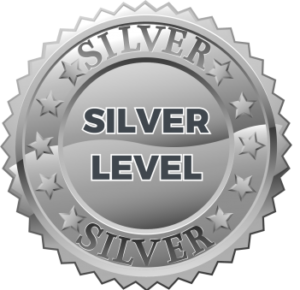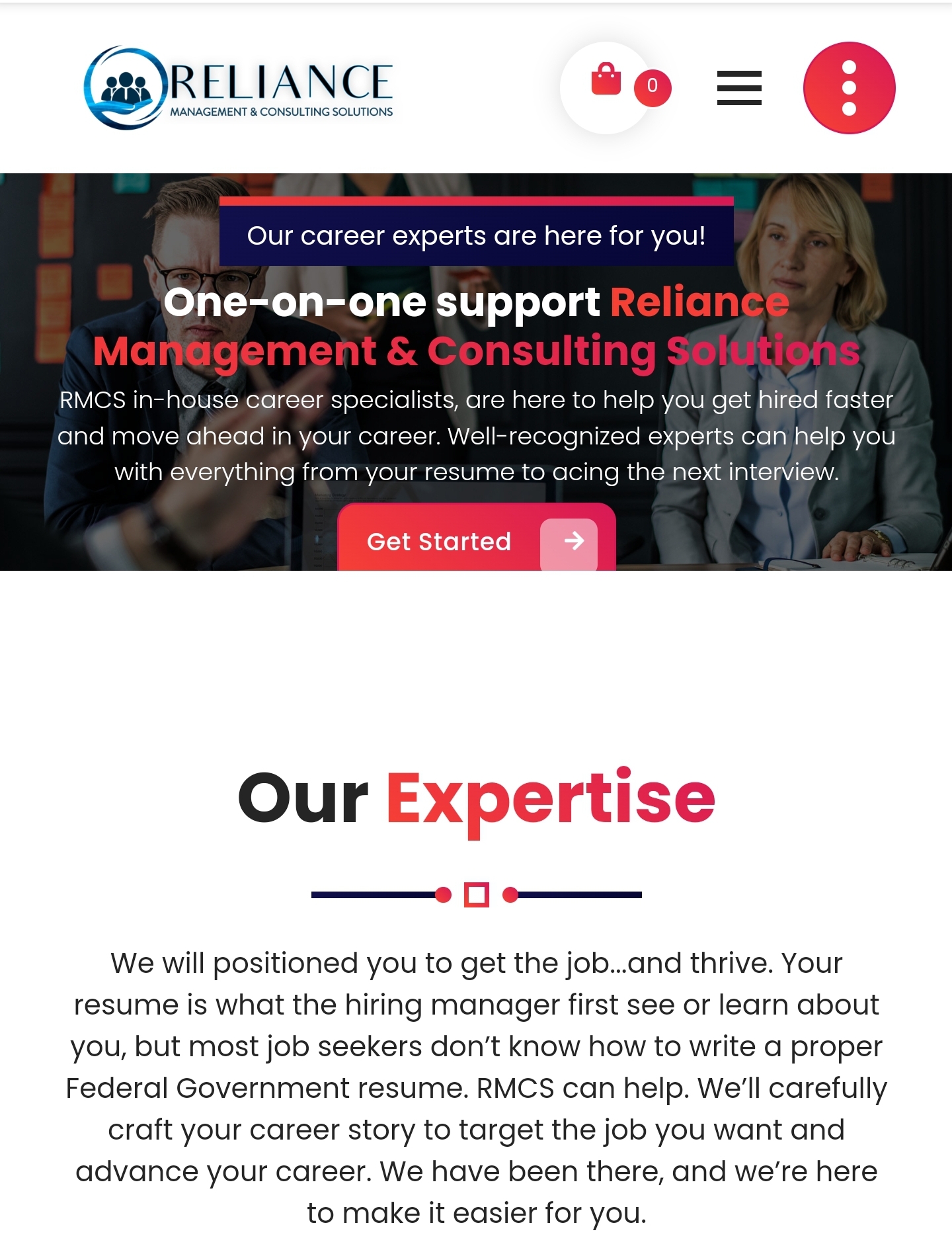Crafting an Impressive Federal Government Resume: Key Tips for Success

When seeking employment in the federal government, a well-crafted resume is your first opportunity to make a positive impression on potential employers. Given the highly competitive nature of federal jobs, a strong resume is essential to showcase your skills, qualifications, and experiences in a clear and compelling manner. In this article, we will explore the essential elements of a federal government resume and provide key tips to help you stand out in the selection process.
Understanding the Federal Resume Format:
Federal government resumes differ significantly from traditional resumes used in the private sector. The most notable difference is the length and level of detail required. Typically, federal resumes are much longer, ranging from two to five pages, as they must comprehensively detail your qualifications, past experiences, and achievements.
Tailor Your Resume for Each Application:
One crucial aspect of crafting an effective federal government resume is customization. Unlike generic resumes, tailor your resume to match the specific job requirements listed in the vacancy announcement. Highlight your relevant experience and use keywords from the job description to demonstrate that you possess the necessary skills for the position.Include the Right Sections
A well-structured federal government resume should include the following sections:
a. Header: Start with your name, contact information, and an updated email address.
b. Objective or Summary Statement: A brief and targeted statement outlining your career goals and how your skills align with the job.
c. Work Experience: List your professional experiences in reverse chronological order, detailing the job title, organization, location, and dates of employment. Include a brief description of your responsibilities and achievements in each role.
d. Education: Mention your educational qualifications, including degrees earned, institutions attended, and any relevant certifications.
e. Skills: Highlight both technical and soft skills relevant to the position you are applying for.
f. Accomplishments: Showcase your accomplishments, awards, and recognition to highlight your contributions.
g. Professional Development: Include any additional training, workshops, or certifications that enhance your qualifications.
h. References: Unless specifically requested, avoid including references on your resume.
Include the Right Sections:
A well-structured federal government resume should include the following sections:
a. Header: Start with your name, contact information, and an updated email address.
b. Objective or Summary Statement: A brief and targeted statement outlining your career goals and how your skills align with the job.
c. Work Experience: List your professional experiences in reverse chronological order, detailing the job title, organization, location, and dates of employment. Include a brief description of your responsibilities and achievements in each role.
d. Education: Mention your educational qualifications, including degrees earned, institutions attended, and any relevant certifications.
e. Skills: Highlight both technical and soft skills relevant to the position you are applying for.
f. Accomplishments: Showcase your accomplishments, awards, and recognition to highlight your contributions.
g. Professional Development: Include any additional training, workshops, or certifications that enhance your qualifications.
h. References: Unless specifically requested, avoid including references on your resume.
Showcase Your Accomplishments:
The federal government values applicants who can demonstrate their impact and achievements in previous roles. Instead of merely listing job duties, use quantifiable metrics to showcase your accomplishments. For example, mention how you improved efficiency, saved costs, or contributed to successful projects. Demonstrating tangible results enhances your credibility and potential as a candidate.
Use the STAR Method for Describing Experiences:
When describing your work experiences, use the STAR method (Situation, Task, Action, Result) to structure your bullet points. This approach helps you provide concise yet comprehensive descriptions of your past accomplishments, making it easier for recruiters to understand your abilities.
Emphasize Transferable Skills:
Federal government positions often have unique requirements, but transferable skills are equally crucial. These skills, such as communication, leadership, problem-solving, and teamwork, are valuable across various roles. Emphasize these skills, and where possible, provide examples of how you have applied them in different situations.
Ensure Accuracy and Thoroughness:
Federal government resumes undergo meticulous review processes, and inaccuracies or omissions can hurt your chances. Double-check all information, including contact details, dates, and educational qualifications. Take the time to proofread your resume carefully and consider seeking feedback from trusted colleagues or friends.
Conclusion:
Crafting an impressive federal government resume requires time, effort, and attention to detail. By customizing your resume for each application, showcasing your accomplishments, and adhering to the specific format, you increase your chances of catching the attention of federal employers. Remember to focus on transferable skills, utilize the STAR method, and ensure accuracy and thoroughness. With these essential tips in mind, you can confidently present yourself as a strong candidate for federal government positions and pave the way for a successful career in public service.















